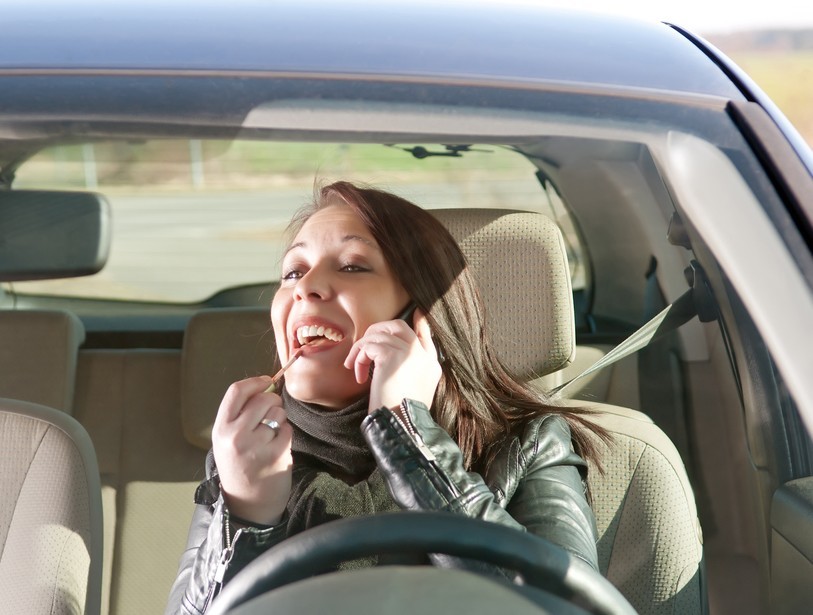Risks are part of our daily lives. We couldn’t eliminate or avoid them, but we could still minimize them to the lowest manageable level. Everything we do could elevate or decrease risks. Here are things that we can do to reduce the overall risks of driving a car:
- Obey local traffic laws: Traffic laws are based on common sense, but there are special regulations that can handle local situations. These laws could help in preventing accidents. As an example, we should be able to stop completely when it is red. Running red lights even it’s only one second after turning red could significantly elevate risks.
- Don’t speed: It is another common sense that we should follow. People have a limit to their reaction time and high speed could reduce our responses. It is essential for us to be able to avoid any kind of collision. We should know that insurers may slightly increase premiums each time we are caught speeding above the local regulations. This could accumulate significantly if we have multiple speeding tickets.
- Check mirrors: While driving, it is highly recommended that we check mirrors every 8 seconds while we are driving. Potential dangers could loom unexpected and bad things can happen all the time. Hazards may appear in a blink of an eye so we should be fully prepared. Roads are constantly changing and we should be able to stay safe whenever possible.
- Check blind spots: Other than occasionally glancing at the mirrors, it is also important to monitor blind spots while we change lanes. Mirrors are unable to give us the usual 360-degree views about that are occurring around the car. We should survey blind spots constantly, whenever we have the opportunity to do so.
- Put smartphone at Airplane Mode: Even if we are not taking a flight, airplane mode also reduces the level of risks during driving. The incessant notification of social updates and text messages always divert our focus. Once our smartphone falls silent, we will be able to be more focused in dealing with things on the road.
- Drive slowly at night and bad weather: During both situations, we have impaired bad weather. In fact, during an inclement weather isn’t advised for us to drive at all. However, due to obligations at school and work, it’s not realistic to stay at home. The best we should do is to drive cautiously and slowly. Rain, snow and fog could severely affect our driving performance and if we can’t recognize objects from 200 meters away, it is better to slow down. Rain and snow could also affect our braking distance, further increasing risks. If things are bad enough, such as when it’s incredibly foggy in a high-speed highway, there’s no shame in pulling over.

